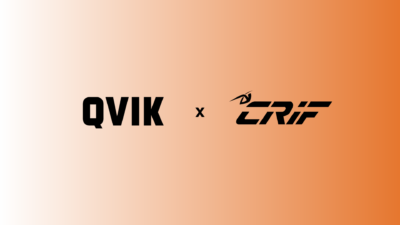
Safe Pay certification has covered most of the Finnish online payments scene in one year
It’s time to celebrate the Safe Pay certification’s first birthday. What has happened in a year and what are our plans for the future?
It’s time to celebrate the Safe Pay certification’s first birthday. What has happened in a year and what are our plans for the future?
In late 2020 and early 2021, we were troubled by the fact that making purchases on the internet with a false identity was – and still is – easy.
The payment terms and delivery methods of online invoices are regulated in Finland, but the law is silent on authentication – leaving online invoice payments in a sort of legal limbo. This is also the case in other countries.
We figured we could do something about this with our years of experience in payment services consulting, design, and implementation.
In a few months, we had created a certification process that focuses on the security of processing the consumer’s data and ensures that the merchant has done everything necessary to prevent fraud.
“The Safe Pay label tells consumers at a glance whether your personal data will be processed or stored securely and if it’s safe to shop at an online store,” says our senior payments consultant Mikko Vahter who carries out the certification processes with our senior payments consultant Antti Välijärvi.
Over 25,000 merchants in the Nordics are now certified
According to a Paytrail report from 2020, invoice payments are the third most popular payment method in Finland with about 24% of Finns using them. Svea’s survey from 2021 also ranks invoices as the third most popular payment method, stating that 40% of Finns have paid for an online purchase with an invoice.
While we wait for legislation to catch up with invoice payments, the need for certification like Safe Pay remains.
“So far, we’ve found something to fix or improve in every payment service provider we’ve certified”, Vahter says. “We’ve seen that manual processes and legacy systems are often the weakest links.”
It’s often easier and faster to fix the systems than the internal processes. Whatever the individual case, the companies that have gone through the certification process have received positive feedback.
“The most common reason for companies to go through the process is to make sure their product is safe and communicate its safety clearly to consumers. It’s no wonder then that everyone has been really cooperative about making improvements.”
Next steps: expanding the scope to brick-and-mortar stores and other countries
“Safe Pay certification now covers most of the Finnish online payments scene, which is something I’m really proud of”, Vahter says. “But not all shopping happens online.”
Consumers interact with businesses through multiple channels, and face-to-face purchases are as vulnerable as online shopping. In 2022, Safe Pay certification will widen its scope to brick-and-mortar, so that we can certify our customers’ invoice payment processes over all channels.
“In click & collect, for example, you order the item online and collect it from a store”, Vahter says. “We will test this by ordering something and going to the actual stores as part of the certification process.”
Earlier this year, Walley was the first payment provider to get Safe Pay certified in Sweden. Since the problems are similar in many countries, Vahter and Välijärvi are also looking into the possibility of expanding the certification process to other countries as well.


